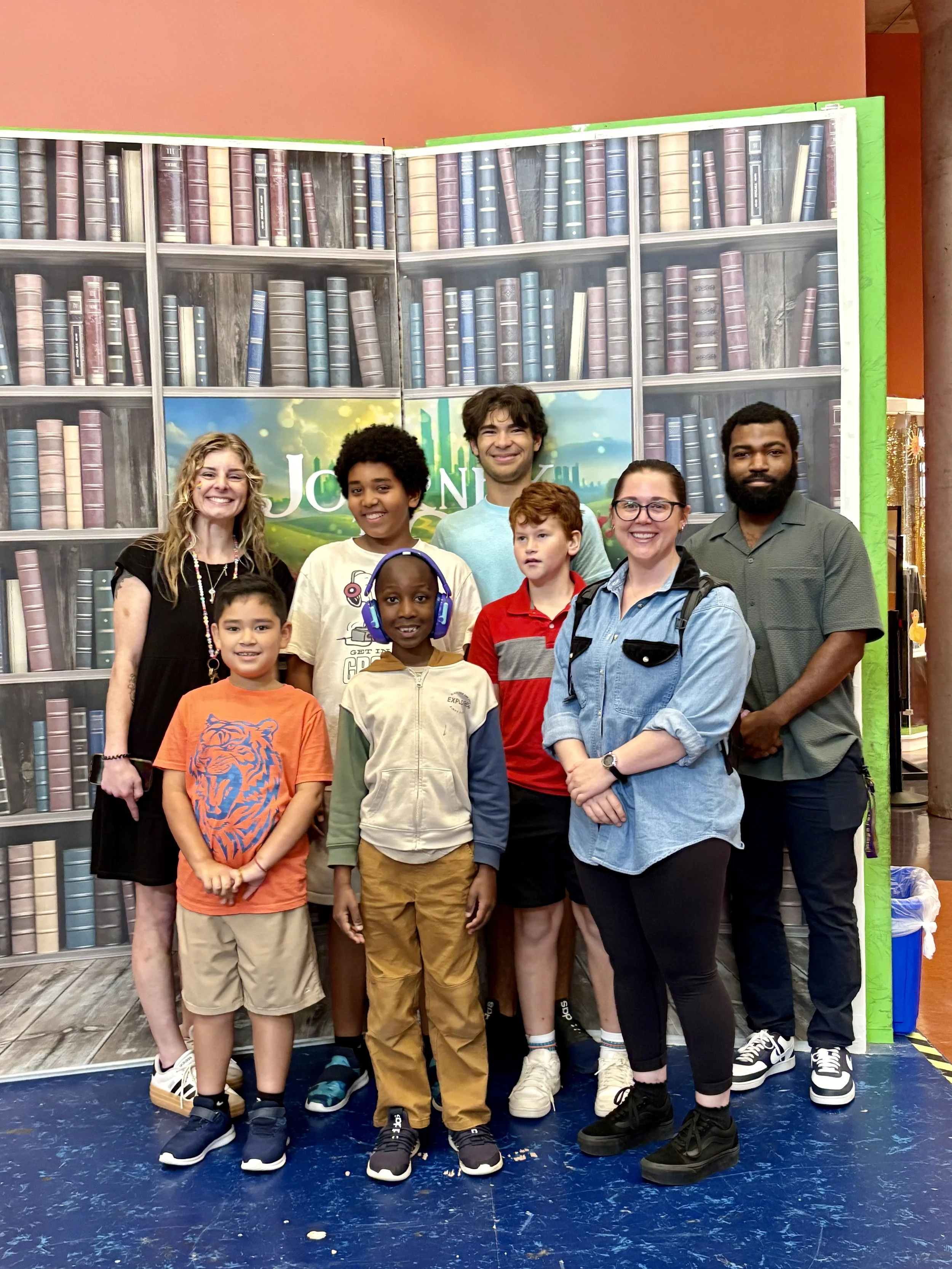About Kent Academy
Our mission is to offer a small school environment with an individualized and integrated curriculum. We aim to uphold and champion the right of every student to a quality, equitable education. Through experiential and multi-sensory methods, students learn to incorporate tools and strategies to overcome challenges within a safe and motivating environment provided by our dedicated teachers.
We value diversity and acceptance of all individuals, which includes but is not limited to race, religion, gender identification, sexuality, socioeconomic status, etc. Our students and staff come from various backgrounds and we like to believe that our love and respect for each other, as members of this Kent family and members of our society, can ensure that each child feels seen and heard. We are so thankful that this love and acceptance is shared by our students and their families.
Kent Academy welcomes students on the Autism Spectrum who will thrive in a structured environment such as the one we have created. It is important to note that Kent's general education program is unable to accommodate students who require significant outside resources, or those who require significant social-emotional and/or behavioral support. However, through our Cyzner Institute partnership we are able to support those learners who need a reasonable higher level of support paired with rigorous academics. This partnership gives us access to additional resources and support staff to meet the needs of every child.

